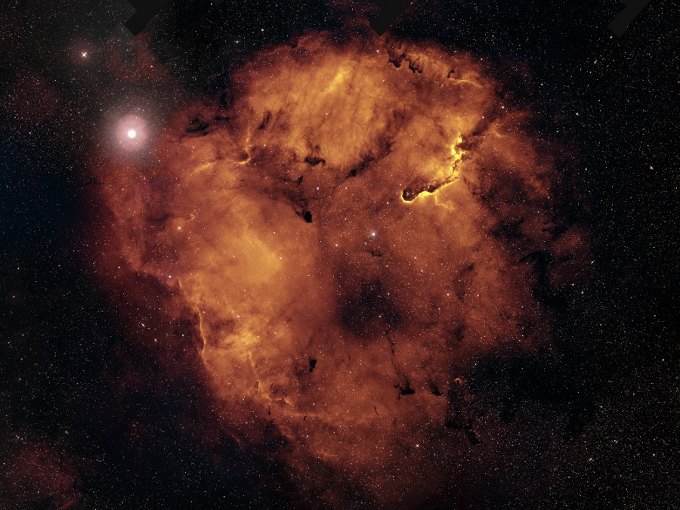About
Hi there! I am a post-doctoral research assistant at the University of Hertfordshire, where I am working to combine large optical/infrared surveys of the Galactic Plane to infer the properties of dust and star formation in our Galaxy.
I carried out my PhD research at Armagh Observatory. My work concentrated on the properties of solar-like pre-main sequence stars (T Tauri objects) in OB star clusters. These regions, which are affected by intense radiation fields and winds from hot stars, represent the harsh environments where most Sun-like stars and their planets are thought to form. Because it is difficult to study large numbers of low-mass members in these regions using traditional spectroscopic methods, we focused on exploiting narrow-band H-alpha photometry from the IPHAS survey of the Northern Galactic Plane. By crossmatching this survey with archival 2MASS and Spitzer photometry, we obtained large homogeneous samples which allowed studies of star formation to be made with a larger focus on statistical methods.
In my spare time, I act as a council member for the International Meteor Organization, for which I compute meteoroid flux profiles using data provided by amateur astronomers. I am also involved in setting up a Virtual Observatory for meteor science and have previously created a central archive of ground-based amateur observations of Venus for the European Space Agency. I also enjoy hunting for new minor planets using remote telescopes and mining Big Data.
Research interests
- Galactic plane: interstellar dust, low-mass stars in OB associations.
- Solar system: meteoroid flux profiles, meteoroid orbits, minor planet observing.
- Data science: data mining, machine learning, Bayesian inference, Python.
Links
- Armagh Observatory and the IPHAS Survey
- My interviews with BBC News, Nature, Sky At Night.
- Meteoroid flux profiles (International Meteor Organization)
- Venus ground-based image archive (European Space Agency)
- My GitHub repository.
NASA Astronomy Picture Of the Day
On April 25, 2011, my picture of star-forming region IC1396 was featured as NASA’s Astronomy Picture of the Day and was also featured on the The Guardian and ING websites. I assembled the mosaic from 400 individual exposures (~50 Gb of images) in three wavelength bands (r’ / i’ / Halpha), obtained using the Wide Field Camera at the 2.5-meter Isaac Newton Telescope in La Palma. The data were taken over multiple nights between 2004 and 2009 as part of the IPHAS survey. In an accompanying paper, we analyzed this data and discovered more than 100 previously unknown, young, solar-like stars which are still accreting material from a circumstellar disk.


